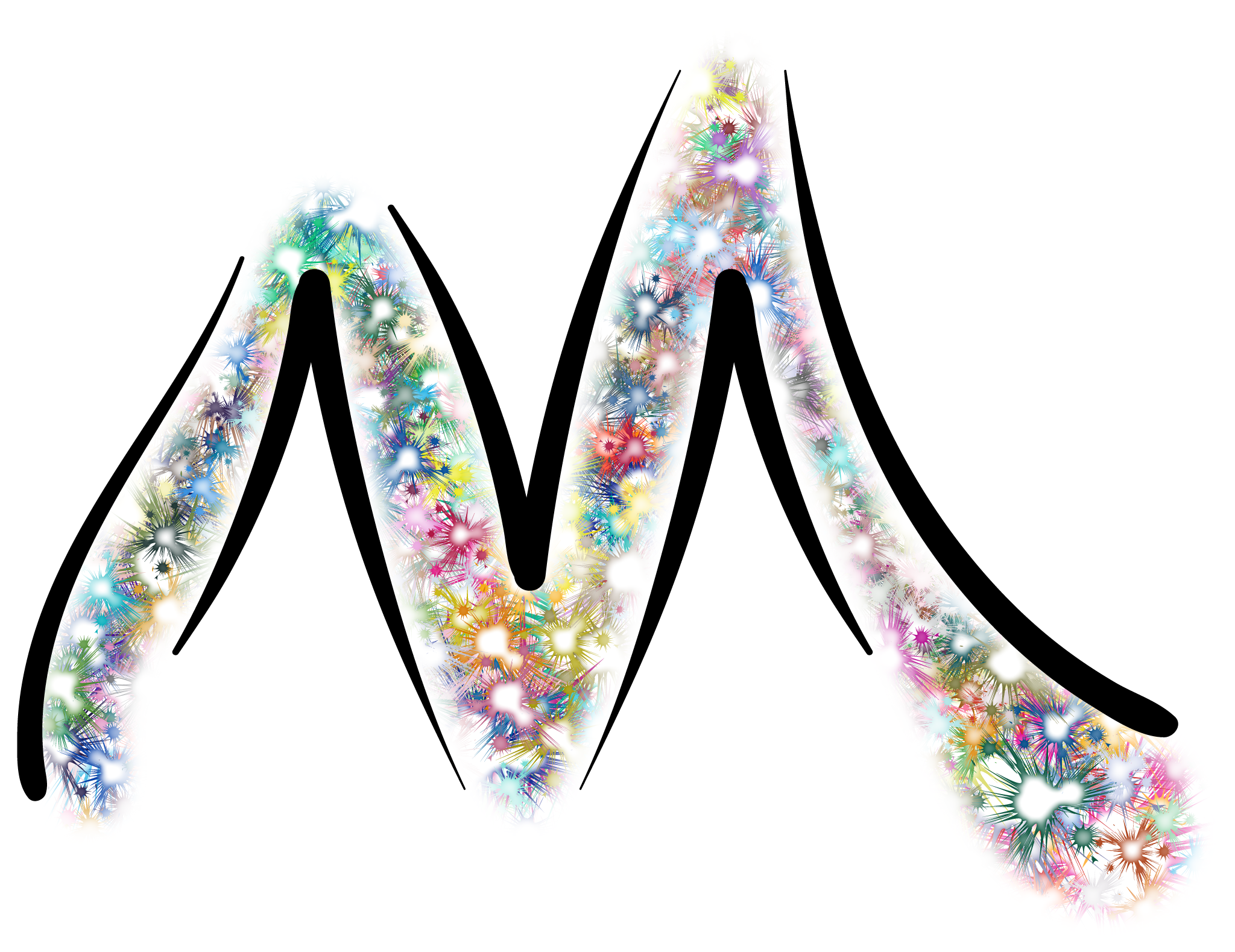First, the poll.
Please take a moment to answer the 4 questions in the poll. Each question has 6 answers. There is no correct answer.
[socialpoll id=”2157602″ type=”set”]
Now, the explanation
While experimenting with some digital abstract techniques, a thought occurred to me: “Would the use of colors from a classical or otherwise famous or influential painting have a significant impact on the appeal of an abstract?” Ok, the question is, arguably, nonsensical. Simply changing the colors obviously will alter the relative appeal to different people. Simply changing the colors, one could also argue, does create a different abstract entirely. Still, I wondered, given a set of abstracts, changing nothing but the colors – and deriving those colors from other significant works of art – how would people respond? This is how the Abstract Colors Project was conceived.
Caveats and Assumptions
This kind of poll makes a massive number of assumptions – too many to list here. The top assumptions that have to be accepted are:
- Assumption: The viewer likes abstract art.
- Assumption:Â The abstracts I created for this project are at least marginally good. I am not saying they are; but, I feel more comfortable using my own creations in the tests than recoloring other artists’ works. It’s one thing to use other artwork for the colors, it is quite another to recolor other artwork.
There are also a few caveats that have to be accepted.
- This is not a scientific poll. Regarding art, there cannot be a scientifically accurate poll.
- I have made only a little effort to draw from a broad range of either classical or culturally significant artwork.
- I have made almost no effort to draw from artworks that incorporate a broad range of colors.
- The artworks I have used are images, found online, of those artworks. As such, there can be no guarantees that the colors, or even the relative colors, are very close to the originals. If you do not understand that, go google it. That is a topic too broad for this post.
- IÂ am making no effort to get poll results from a broad range of cultural backgrounds, financial statuses, geographic locations, ages, or genders.
- There are literally thousands of factors that can influence a viewer’s perception of these images on a given time of day. I am not making any attempt to counterbalance those factors.
How I created the basic abstracts
To pull this off, I used Blender. I chose it for its ability to map images onto a surface. For non-3D people, this means that it can place pixels from a given image onto a surface using instructions that tell it where each pixel should go. Importing these paintings as images on planes, the paintings are imported so that the image looks no different than if you opened it in any software program. The trick was to mess with the mapping coordinates so that the pixels from the paintings were not in their original order. Think of it as if the paintings were wet paint floating on water, then you drag a toothpick all around to mess it up.
For you Blender-heads, I did a number of things, including some vector math from different mapping coordinate systems (UV vs Generated vs Object, etc), and I applied texture nodes (like Noise, Voroni, etc) to those vector coordinates – all before plugging the mapping into the Image node. Finally, I used an Emitter node for the output. Yes, that can change the color representation. However, the same Emitter node and power setting (2) was used for every image.
Post processing consisted of nothing more than me placing my watermark on each image and saving different sizes of each image.
This approach reveals another caveat. The way this process works does not guarantee that all the colors from the original artwork will be used. I thought about adjusting each image to fix that. However, I have to wonder that by doing so, would I be influencing the outcome of the poll? I am still not sure of that answer. (too many variables, I think)
My Expectations
I am not sure what to expect. While I would love for thousands of people to take the poll, I am not willing to pay social media for putting it in front of thousands of users. So, only people who follow me will initially see the poll (not even all of them, actually). Of those, a small percent will take the time to answer any questions. Of those, only a few will likely share the poll. I could be pleasantly surprised.
Of those who do take the poll, I expect the results to be fairly random. I would expect that the perception of any artwork would have less to do with where the colors came from than with each person’s own color preferences (further influenced by time of day, lighting around the viewer, mood, hunger, age, culture, and a thousand other factors). Plus, some people will simply not like my abstracts, no matter what colors are used. Those people may simply select the option that they hate the least, if they even answer anything at all.
If you want to see how other people voted, you must vote on each question. On making a selection, the relative percentage of votes for that question will be shown. You can always navigate back and forth to review how everyone voted.
Need/Want To See More?
For anyone who wants a better look at these, here they are. You can click on a thumbnail to view each one larger. These will be grouped into sets. Each set begins with the original artwork from which the colors were taken.
…and my control image. I just created a random (ish) spectrum of hues and shades. I did tell you this wasn’t very scientific, didn’t I?
